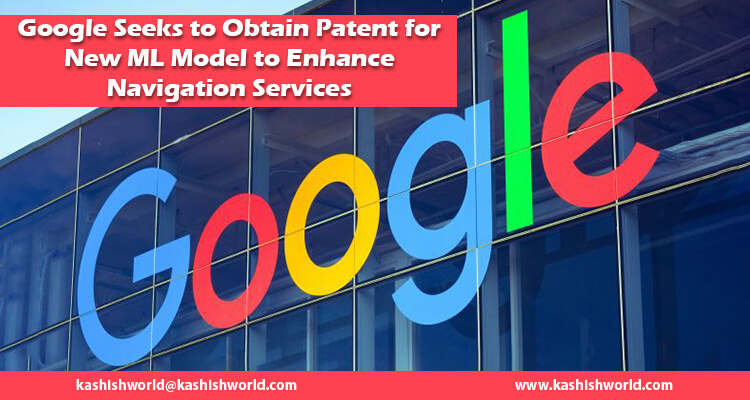
The American multinational technology company, Google, has recently moved to the Indian Patent Office for seeking a patent corresponding to its new Machine Learning (ML) model to predict the speed of vehicles on specific routes, which shall offer accurate travel time to the users.
The web mapping service, Google Maps, offers real-time navigation services to people across the globe. It provides precise real-time traffic conditions, satellite imagery, views of streets, aerial photography, along with route planning for traveling by car, bicycle, foot, or any other public transport. At present, the navigation services available predict the fastest or the best route and recommend the same to the users with the help of a geographical user interface. Determining the speediest route for a user usually involves the estimation of the total travel time via all the possible routes. However, the problem faced today is that such estimates only convey differences in the different travel modes and travel channels like walking, driving, cycling, and public transport.
As per the Patent Application and other related documents filed by Google, the machine learning model has incorporated a novel computer system for performing a task related to the real world that is predicting the speed of a particular type of vehicle on a specific path or road segment. Furthermore, the prediction of the vehicle’s speed shall, in turn, predict the travel time, or recommend a better route to the user. In the former case specified above, this permits a user to opt for a journey only in the scenario where the predicted time is well-acceptable, while in the latter case, it allows undertaking a journey with a route having a lower predicted travel time. In both cases mentioned, the prediction made results in the technical effects of reducing the consumption of resources associated with traveling like the fuel and reducing the extra travel time.
The company has stated that these better and precise speed predictions shall offer an enhanced route selection for an improved travel mode. For instance – when a user shall make a navigation request corresponding to the enhanced travel mode, a map predicting the best route will be displayed, along with several other points of interest that may be useful such as landmarks, which are not otherwise available to the users at the present zoom level. Also, Google has submitted that the method consists of receiving first tracking data, which indicates individual speeds of first vehicles while traveling at various times on the road segment, along with second tracking data, which indicates individual speeds of second vehicles while traveling at the same time on the same road segment.
Learn More About the Trademark, Patent, and Industrial design laws in India.

